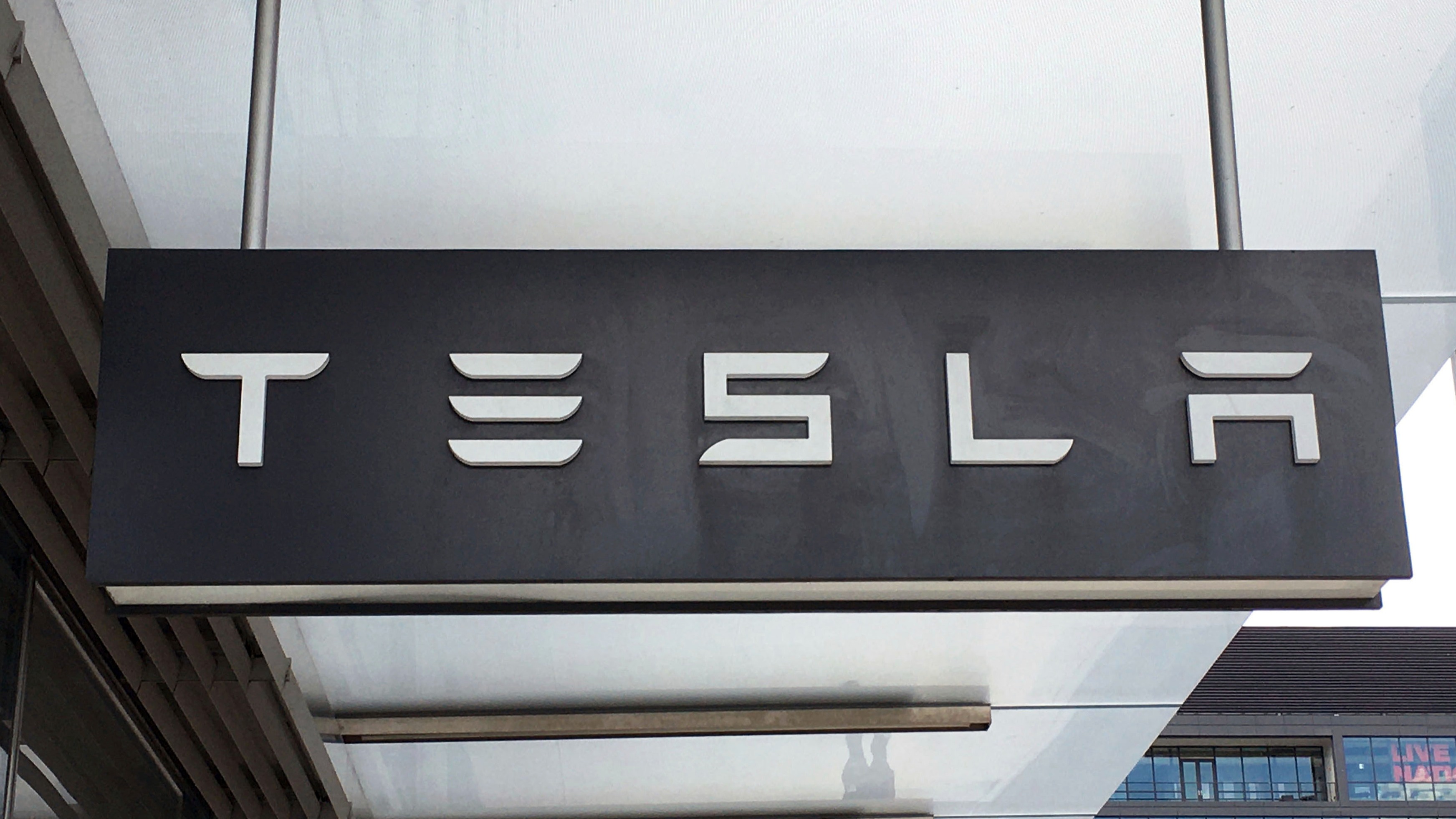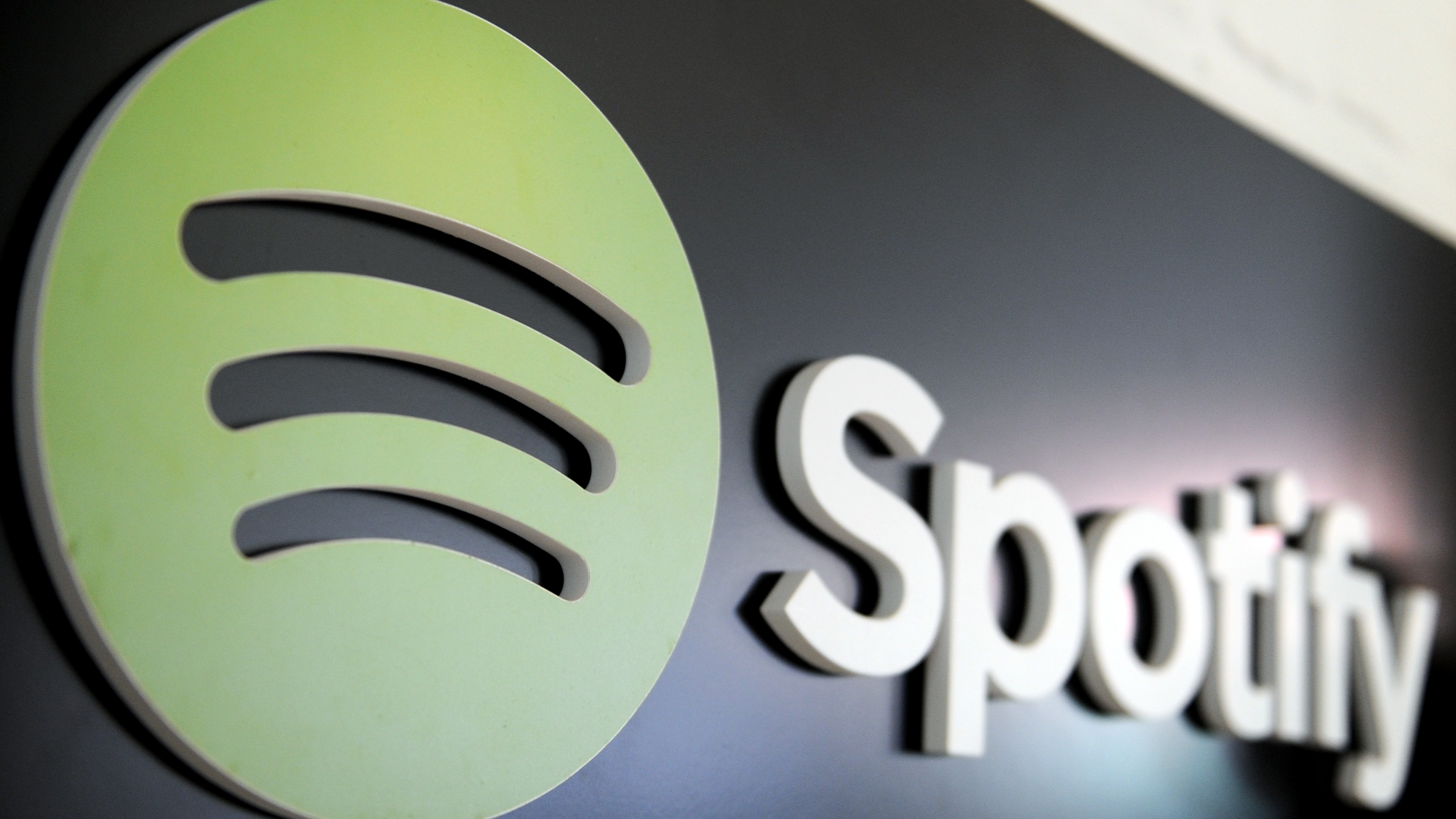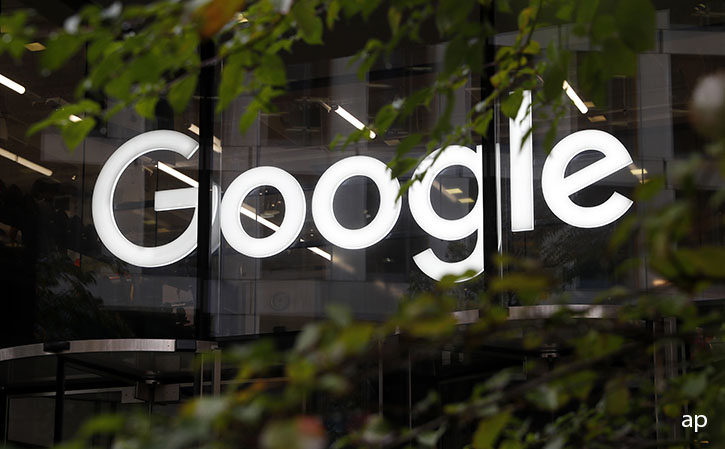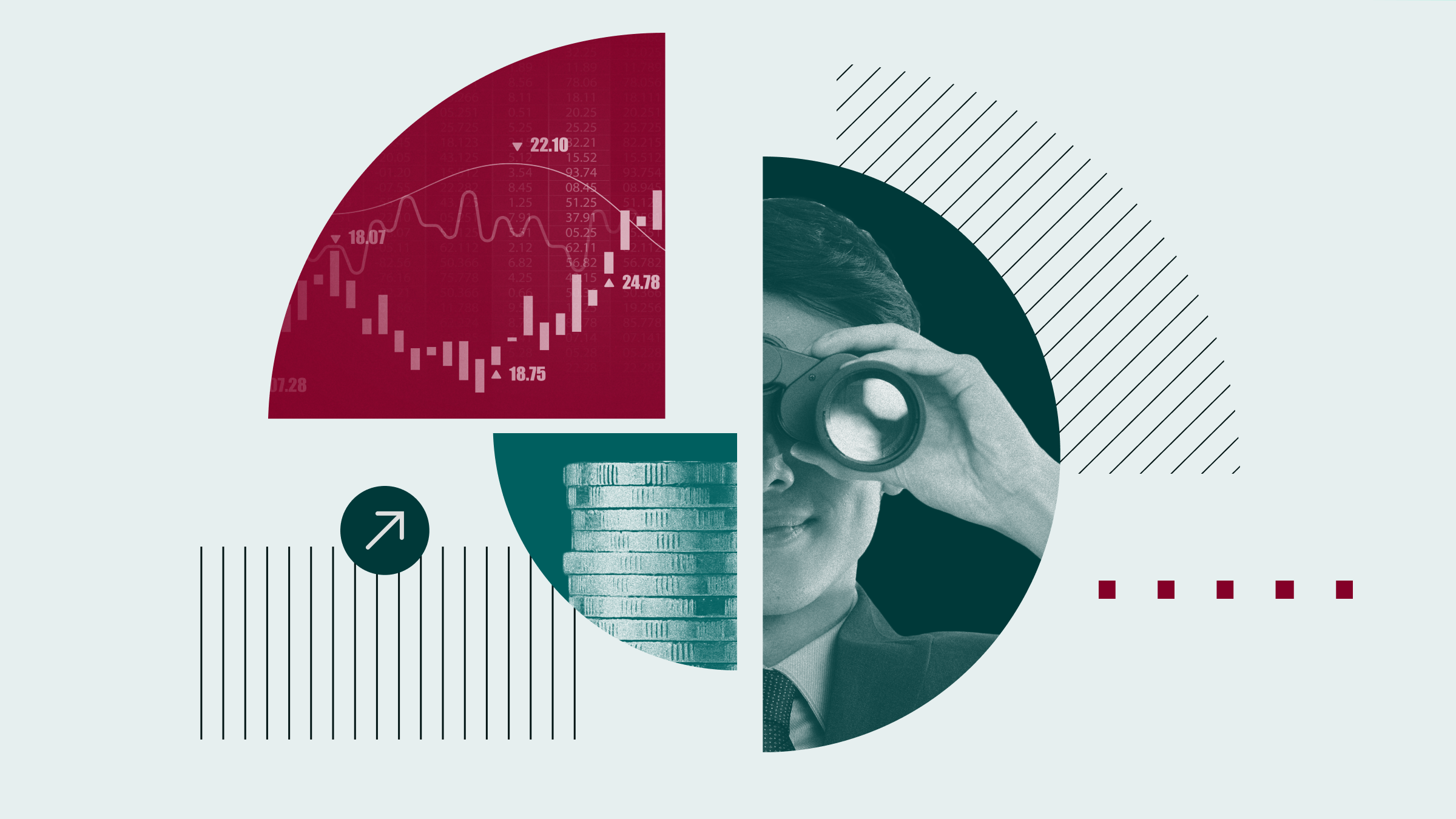
Markets are closely monitoring preliminary data on eurozone inflation, set to be released by Eurostat on Jan. 7, ahead of the European Central Bank’s first meeting of the year on Jan. 30. Headline inflation is forecast to have risen by 2.4% year over year for December, according to FactSet consensus estimates, slightly up from November’s reading of 2.2% year over year . Core inflation, which excludes volatile energy and food prices, is projected to be flat on last month at an increase of 2.7% year over year.
“For the bears out there this may cause some consternation, with commentators wondering just a few months ago whether the ECB has been too slow in cutting rates, and worse, whether we were entering a deflationary environment,” says Michael Field, European market strategist at Morningstar.
“Core prices are broadly stable, but at 2.7%, remain significantly above the ECB’s 2% targeted level.”
“So far, the ECB’s moderately paced and methodical approach to cutting interest rates has been spot on”, says Field. “Comments over the holiday period from the bank suggest they believe inflation will fall again to the targeted level this year, paving the way for further rate cuts. Lower rates should be a significant tailwind for European equities in 2025. European equities currently trade at an attractive discount relative to their US and global peers.”
In November 2024, the greatest contributors to the annual euro area inflation rate (HICP) were services (+3.9 percentage points, pp), followed by food, alcohol & tobacco (+2.8pp), non-energy industrial goods (+0.7pp) and energy (-1.9% pp).
Will Eurozone Inflation Undershoot the ECB Target in 2025?
Goldman Sachs expects headline inflation to decrease to 2.63% year over year in December from 2.72% year over year in November and headline inflation to be 2.42% year over year (November: 2.24%).
“We look for euro area core inflation to cool over the upcoming months, in line with our summary indicator of sequential underlying inflation declining notably in November”, Goldman Sachs wrote in its December inflation preview.
“However, we see the upcoming January print as crucial in determining the exact timing of inflation converging to 2% due to a high degree of uncertainty around the start-of-the-year price resets and, to a lesser extent, weight changes”, according to the note. Currently, the analysts expect core inflation to reach the ECB’s target consistently by the end of 2025, and headline inflation to fluctuate around 2% for the majority of the year.
The ECB lowered its inflation outlook in its December meeting to 2.1% for 2025, down from 2.3% in the bank’s September forecast, aligning closely with its medium-term 2% target. For core inflation, ECB staff project an average of 2.3% in 2025 and 1.9% in both 2026 and 2027.
Mark Wall, chief economist at Deutsche Bank Research, also anticipates headline inflation peaking at 2.4% in December because of base effects, before steadily declining below the ECB’s 2% target by early 2025. “In fact, the risks next year are skewed towards inflation undershooting, not overshooting, the 2% target”, he wrote in the euro area inflation chartbook December edition.
Meanwhile, BNP Paribas forecasts inflation averaging 2.1% in the first quarter of 2025, stabilizing at 2% for much of the year before edging back to 2.1% in the fourth quarter. This outlook suggests a broadly consistent trajectory with the ECB’s targets, barring unforeseen shocks to energy prices or supply chains.
How Low Will the ECB Cut Interest Rates in 2025?
The ECB’s first meeting of the new year on Jan. 30 is widely expected to bring another rate cut, continuing the bank’s gradual easing cycle. In December, the ECB reduced its key deposit facility rate by 0.25 percentage points to 3.00%, signaling a cautious approach to monetary policy.
Some analysts believe the deposit rate could fall as low as 1.50% by late 2025, while others argue that the ECB might stop closer to 2%, balancing the need to support growth against the risk of reigniting inflation.
The author or authors do not own shares in any securities mentioned in this article. Find out about Morningstar's editorial policies.
























